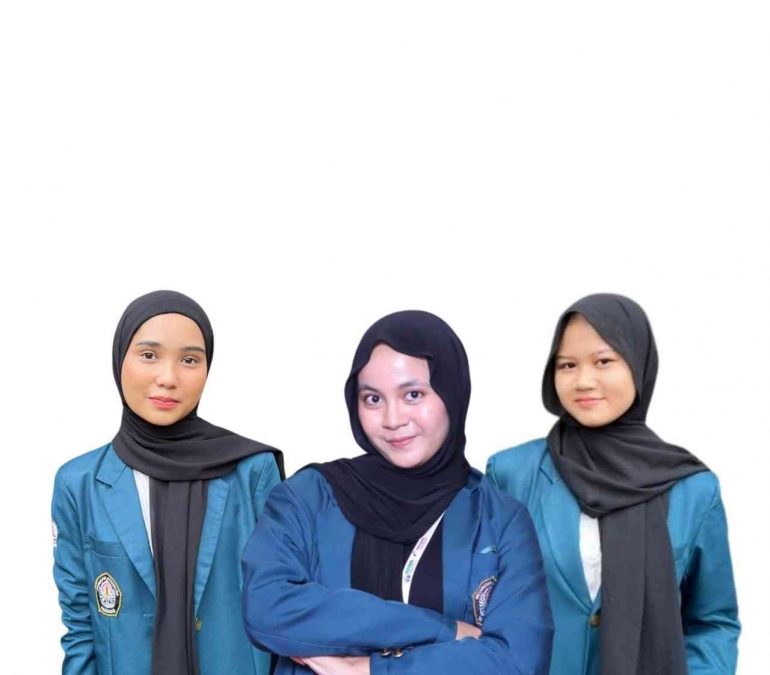Innovation continues to be a driving force in enhancing efficiency and productivity in the aquatic sector. The latest breakthrough comes from the HADEH (Hydro-Aquatic Development for Eco-Friendly Habitats) team, composed of Ade Syahri Fitria Pulungan, Haliza Ramadiani, and Hilda Zahir Tsanisiwi. This innovation has enabled the HADEH team to represent Diponegoro University at the national Aprotech Fair IPB 2024 competition, which included teams from various universities across Indonesia. Ade Syahri Fitria Pulungan, a 2022 student from the TRKI Vocational Program at Undip, expressed that the HADEH team successfully brought the name of Diponegoro University to the forefront by winning two awards: 1st place in the poster competition and 3rd place in the essay competition, with the concept of developing an integrated RAS (Recirculating Aquaculture System) system called Filtsan: Chitosan-based sensor filter tray.
This development promises significant strides in optimizing fish growth conditions, quickly identifying problems, and taking necessary actions to maintain fish health. In addition to operational efficiency, the automation of processes in Filtsan also helps reduce the physical workload of fish farmers, Ade stated. Meanwhile, Haliza Ramadiani, commonly called Haliza, revealed that a key component of this system is the use of an innovative pond pH sensor. This sensor is specifically designed to detect increases in pH levels in the pond, which indicate the presence of non-ionized ammonia (NH) at higher concentrations, increasing its toxicity. When the pond pH exceeds 7, the sensor signals the pump to drain water from the pond to the Filtsan: Chitosan filter tray. In the first tray, rocks or gravel are selected to capture larger particles (leaves, mud, and fish waste), making subsequent filtration processes more optimal. The second tray contains coconut fiber (cocofiber), which filters fine particles and organic matter. The third tray is filled with chitosan membranes made from aquatic shell waste. This not only helps maintain water balance for the fish but also allows for responsive monitoring to enable quick action in maintaining overall fish health, Haliza explained, who was the 1st place winner at Pertamina 2024.
Hilda Zahir Tsanisiwi, commonly called Hilda, added that innovation does not stop there. This development concept also includes exploring the combination of aquatic shell waste in the creation of chitosan membranes. Aquatic shell waste contains important compounds with the ability to adsorb ammonia due to the amino and hydroxyl groups it possesses. So far, research that combines various types of aquatic shell waste into a single membrane system is still rare.
Therefore, Filtsan aims to explore materials from aquatic shell waste to produce green membrane technology, providing innovative and sustainable solutions for clean water treatment and integrated waste management, Hilda, who won Best Poster at USU 2024, elaborated. It is also important to note that Mr. Endy Yulianto, S.T., M.T., as the Head of the D4 Chemical Engineering Technology Program, plays a crucial role in providing ongoing support for the HADEH team. Thanks to his encouragement and advice, we continue to innovate in ways that can have a positive impact on the wider community, Ade concluded.


Recent Comments